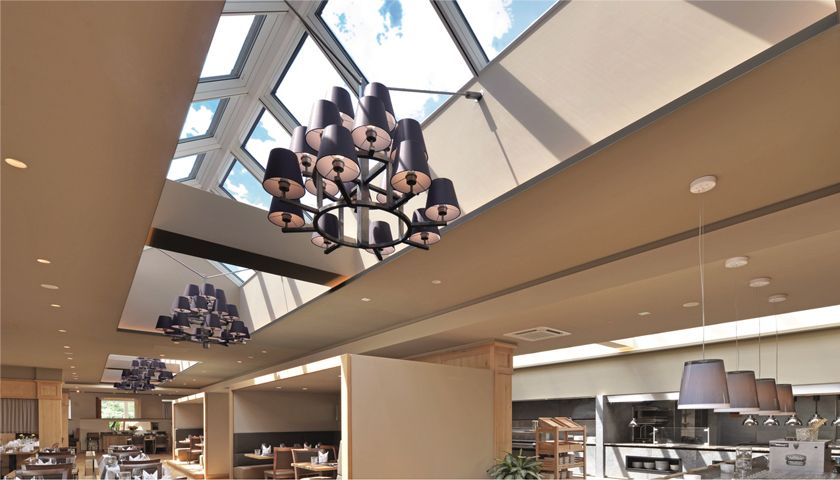The availability of artificial light over the last two centuries and the restructuring of our working day means we are fast becoming the “Indoor Generation”, a generation of people whose experience of daylight and fresh air during the week can often be restricted to the morning commute to work or school, a quick lunch break or a stop at the supermarket on the way home.
The influence that architecture has on our lives cannot be understated, and the need to create healthier, brighter indoor spaces with greater access to daylight and to the outdoors is a pressing one.
Whilst we have adapted to living indoors, we are essentially still outdoor animals, and our gene code is designed for us to live in a natural environment.
Light is “an acute stimulant that directly alerts the brain” and thus can affect energy levels as well as alertness and productivity. It affects mood and influences social behaviours and cognitive performance.
The impact of daylight on occupants in commercial buildings
Research on office buildings has shown that office workers highly value access to a window and to varying degrees of daylight. Even in darker locations within a building, the occupants still expressed satisfaction with the daylight level, as long as they could look into a daylit space. In the YouGov survey, 39% of respondents said that daylight significantly impacts on their mood.


